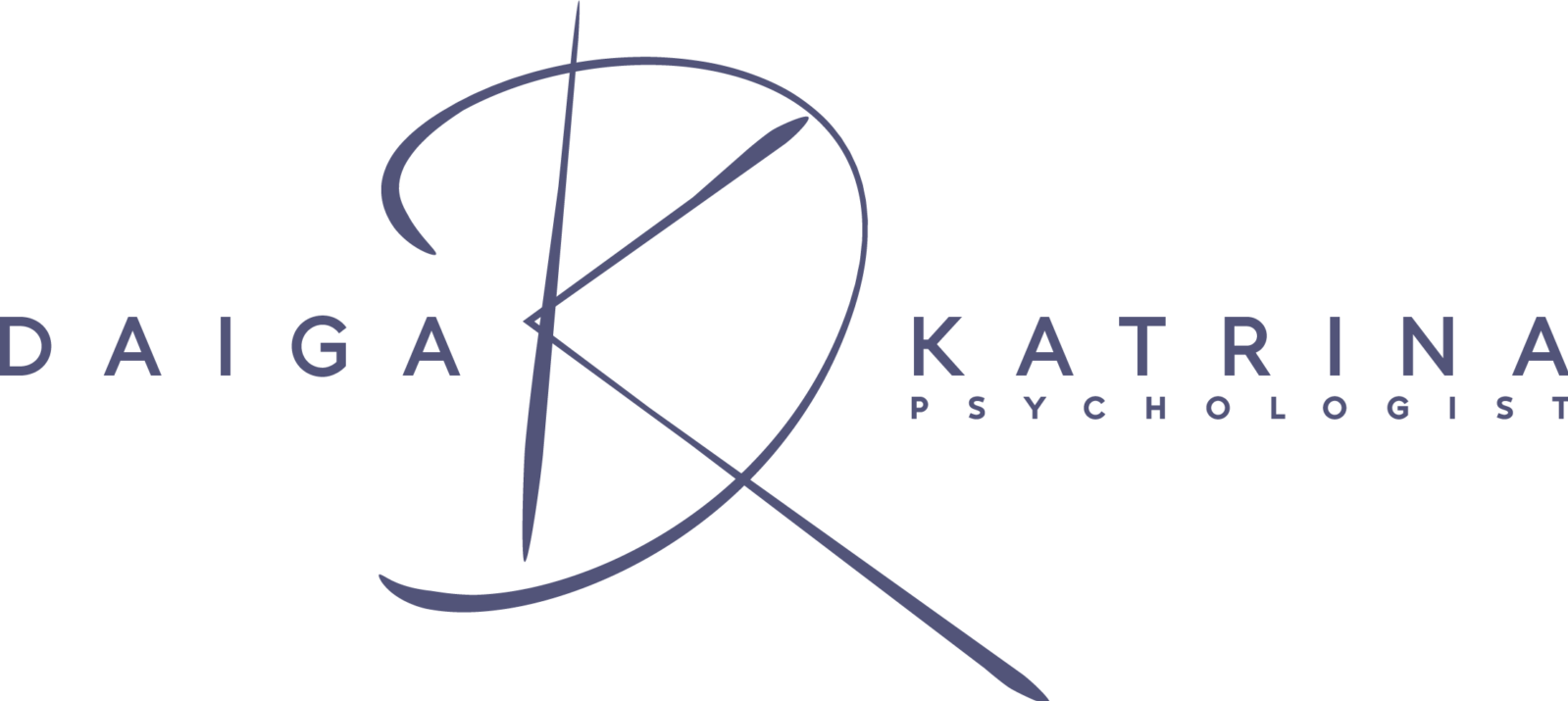For a deeper sense of self, meaningful relationships and a psychologically healthy and soulful spirituality.
-
Visit Our Place
91-6 Čaka Street, Riga
-
Tr. - Ce. 9:00 - 18:00
- Request a visit
What human needs are indicated by an interest in transcendent states of consciousness and a desire to practice methods that help one to reach them (meditation, yoga, prayer, breathing practices, substance abuse, self-knowledge, mindfulness, etc.)? To answer this question, I will use Maslow's theory of human motivation (a theory of human motivation).
Short version of the answer
Transcendence is one of the human needs that we strive to fulfil because it is simply in our nature. Just as we have needs for food, water, warmth, security, belonging, love, appreciation, respect and self-actualisation, we also have needs for transcendence.
It is largely absent from the classic Maslow pyramid (for various historical reasons and interpretations). In fact, however, Maslow defined, among other needs, the need for transcendence. And when transcendence is represented in Maslow's pyramid, it is drawn as the highest level of need - above self-actualisation (self-actualisation).

It is this need that causes us to ask: who am I? What is the meaning of my life? Is there something beyond me? Have I reached the limits of my abilities? What are the limits of human capacity? These and other questions of a similar nature signal the need for transcendence.
Fulfilling the need for transcendence, on the other hand, takes one to transcendent (altered, expanded) states of consciousness. In Maslow's theory, these are peak experiences (peak experiences), during which a person transcends the limits of his or her personality and perceives what exists from a higher perspective. These experiences are characterised by intensely felt positive emotions - joy, happiness, peace, a sense of wholeness and awareness.
So what is the need? A natural need.
Long version of the answer
If we go further, things get a bit more complicated, because we need to understand the theoretical background and context of Maslow's pyramid. There is the added complication that Maslow never presented his theory of human needs and motivation in the form of a pyramid. This is a recent discovery for me, and I have to say that learning this version of history has put a lot of things "on the shelf" in my head. I have to thank the person who pointed me in this direction. I knew that there was a lot of speculation and interpretation of Maslow's pyramid (including that the theory was not scientifically proven, that the pyramid should be "turned upside down", etc.), and I had never seen the theory as a "video game" myself (explained in the next paragraph), but this insight gave me a deeper understanding. So I share.
The "Video Game" principle
Classically, it is common to think of Maslow's pyramid as a video game: you start at level 1 (physiological needs), once you have satisfied that need (food, drink and warmth) you move to level 2 (security); once you have security, you move to level 3 (sense of belonging, socialising, love); when this level is also fulfilled, the need for respect and appreciation starts to arise - you reach level four; when you have also acquired the needs of level four, you reach level five - you start to self-actualise, express yourself creatively, give something of yourself to society. Finally, when you have done all the above, you start to fulfil the need for transcendence. Congratulations! You win! And - if you didn't make it through all the levels in your lifetime! Sorry! Game over! Sorry, I like black humour.
In other words, progression through the needs is seen (and often taught) as a linear process with a beginning, an end and specific steps in between. However it was never Maslow's idea (Bridgman et al., 2019). Maslow's pyramid is one big misunderstanding and a testimony to how wrong people can be in interpreting the information presented to them.
If we start to look into what Maslow meant by his theory of human motivation, a very different picture emerges from the "video game". The wonderful work of Scott Berry Kaufman (Scott Barry Kaufman), explaining Maslow's original idea and offering a different perspective, here. I will use paragraphs from this author in the following, because the interpretation proposed by Kaufmann seems to me extremely logical and much closer to it, what Maslow wanted to say.
Maslow's original idea
Maslow stressed that man is always "in the making" (becoming) state, and that the inner core of man consists only of potential possibility, not of ultimate actualization. Moreover, this potential possibility is always fragile, delicate, delicate and easily drowned out by knowledge acquisition, cultural expectations, fear, rejection, etc., and can easily be forgotten, denied, unused, misunderstood, unexpressed or repressed. Maslow has made it clear that the attainment of human maturity is a continuous process, and that growth is not a sudden phenomenon or a leap, and that it is often a process of two steps forward, one step back. And, a person may have different needs at the same time, and they do not necessarily become active in a certain order.
Yet, Maslow never emphasised the pursuit of self-actualisation or transcendence as a "life-goal" to be fulfilled. The idea of need and motivation does not emphasise striving for achievement, which has a competitive feel. What Maslow has tried to emphasise is experience.
Life is not about reaching the top. Rather, it is a vast ocean - rich with possibilities, meanings and discoveries, but also with dangers, uncertainties and unknowns. And surfing a pyramid on such an ocean is not very practical, is it? Something more functional would do. That is why Kaufmann offers another metaphor in his article - the sailboat.
The metaphor of Burulaiva

Let's imagine for a moment that we all have a sailboat!
First, to sail the ocean of life, we need to make sure that the boat is safe to sail - that it is not leaky; that we have enough food and water reserves; that we have sailing skills and the confidence to put them to use; that we have someone to ask for help if needed. These are all conditions and needs that together create a sense of security. If these needs are not met, all our energy is diverted towards gaining the stability they bring. If we look around, we can see that a large part of society is preoccupied with gaining a sense of stability, and therefore often misses the opportunity to enjoy the beauty and vastness of the ocean. At the same time, however, we sometimes have the opportunity to "take a turn" in the ocean in a boat that is not entirely safe.
Secondly, to grow in our ability to sail, we need to learn to open our sails and be vulnerable to the possible waves and winds of life. To grow through practice continuously - day by day. We can always choose the sailing direction that best suits our values (the direction, not the destination, because the ocean is an unknown expanse); we can strive, yearn to explore and discover what comes our way, challenge the waves, give meaning to what we experience; and ultimately, fall in love with sailing.
While a sense of security is primarily a need for protection, growth is motivated by curiosity, openness, expression, understanding, the creation of new possibilities and a spirit of discovery. Other needs in life sailing - intention (purpose) and love - based on the need to achieve a higher level of self-integration and to make a difference in the world. And it should be noted that the need for love is different from the need for connection with people, which is part of security. Because, at higher levels of love, it is possible to love those with whom we do not feel a close connection, and it is possible to care for those with whom we have not even met.
The sailboat as a metaphor for describing needs and motivation seems more successful, as it emphasises not a specific level to be reached, but harmonious integration and interaction with the world. Moreover, it suggests a constant being in motion. Hoisting the sails does not mean that the need to keep the boat stable disappears, and hoisting the sails does not mean that it is impossible to get into a storm. To be able to sail requires an integration of safety and growth needs.
Transcendence as a result of integration
Sometimes, when we are not busy meeting our security needs, we catch ourselves "catching wind" - these are the moments when we move purposefully in the direction of discovery, love and intention. These are the moments when we can experience transcendence. The state of transcendence transcends individual growth and allows us to reach the highest level of oneness and harmony with ourselves and the world. Transcendence, which is based on a solid foundation of security and growth, allows us to gain wisdom, a sense of oneness and a sense of synergy with the rest of humanity.
Transcendent states of consciousness are those moments when we are really sailing - the most wonderful moments of our lives. However, it should be mentioned that transcendence in its healthy form cannot be purposely achieved - as the phenomenon arises harmoniously, as a result of a complete integration of the self that goes hand in hand with a cultivated understanding of service to the whole. Transcendence comes "bundled" with work on the self, as a sense that expands the synergy with the world.
We crave belonging, understanding, security and new discoveries - this, according to Maslow, is what it means to be human. Whatever the state of our sailboat, we aspire to sail. A boat is made to go out on the water. We want to feel the wind in our sails, the feeling of freedom and happiness - we want to experience transcendence. And even though we are all moving in our own direction, in the end we are all sailing the same waters.
Sources:
Bridgman, T., Cummings, S. & Ballard J. (2019). Who Built Maslow's Pyramid? A History of the Creation of Management Studies' Most Famous Symbol and Its Implications for Management Education, Academy of Management Learning & Education, 18(1), 81-98.
Kaufman, K. B. Sailboat Metaphor [Blog post]. Retrieved from https://scottbarrykaufman.com/sailboat-metaphor/
Kaufman, K. B. (2019, April 23). Who Created Maslow's Iconic Pyramid? [Blog post].
Maslow, A. H. (1943). A theory of human motivation. Psychological Review, 50(4), 370-396.
Yoshida, T. (2020, February 20). Maslow's Final Theory Z [Blog post]. Retrieved from https://agile-od.com/reflective-leadership/maslows-final-theory-z
Tags :
Spirituality
Search
Topics
Recent publications
- Why workplace spirituality is the key to organisational flourishing

- How to find the meaning of life?

- Common misconceptions about what contributes to a sense of meaning in life

- Why is a clear identity and sense of self a prerequisite for a psychologically healthy spirituality?

- What does it mean to become an adult? - The five levels of consciousness described by Robert Kegan

The content of this website may only be quoted, reproduced, republished and otherwise distributed in accordance with applicable copyright laws. For commercial use of the content, please contact and obtain permission.








